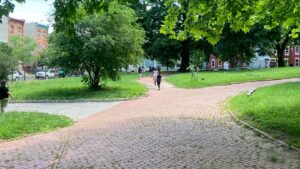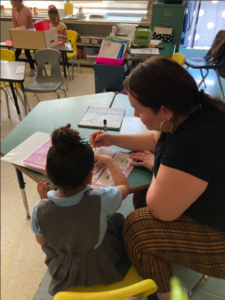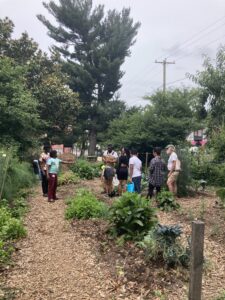
In 1848, for the first time in the United States, women organized a convention to bring attention to their dramatically unequal rights under the law. Two of the abolitionists and suffragettes buried at Fair Hill were amongst the organizers: Lucretia Mott and Mary M’Clintock. They worked with Elizabeth Cady Stanton, who had formed a friendship with Mott after the two were refused entry at an anti-slavery convention in London; Martha Wright, Mott’s sister; and Jane Hunt, a Quaker from Seneca Falls, New York, where the convention was held.
About 300 people attended, and 100 of them (men as well as women, after some discussion) signed a Declaration of Sentiments. The Declaration was modeled on the Declaration of Independence, and is also known as the Declaration of Women’s Rights. It called for an end to unjust civil and legal treatment of women.
Frederick Douglass was one of the people attending, and a few days later he published the text of the Declaration in his newspaper. Word of the conference spread. Although only one of the signers of the document would live long enough to vote herself, this event sparked the women’s suffrage movement.
Despite its importance, the Declaration of Sentiments has largely left the public memory. And as it wasn’t a government document, the original copy’s location is now a mystery.
Megan Smith, Chief Technology Officer at the White House, has launched a public campaign to find it. You can follow along on Twitter using the hashtag #findthesentiments. Anyone in possession of any related historical archives is asked to contact the campaign.
Additional Resources
Pictures and links on our Pinterest page
Original announcement from the White House
Audio of Megan Smith’s interview with WNYC
As reported by The Washington Post
As reported by The History Channel







